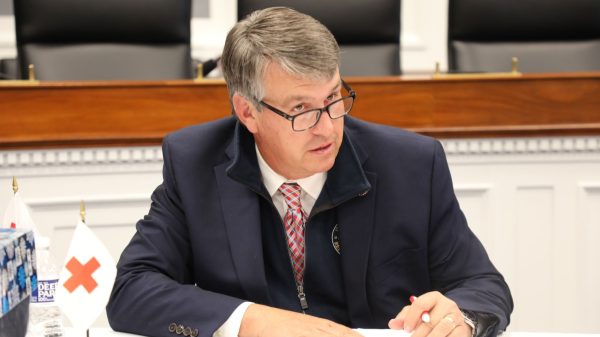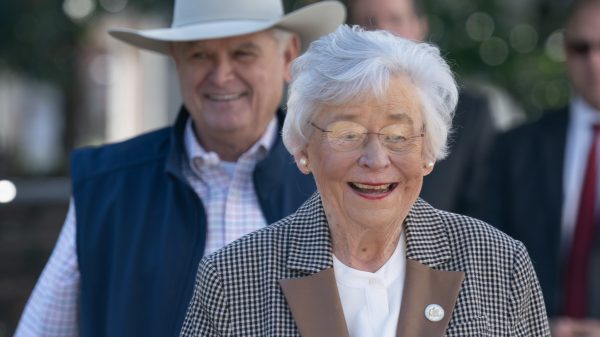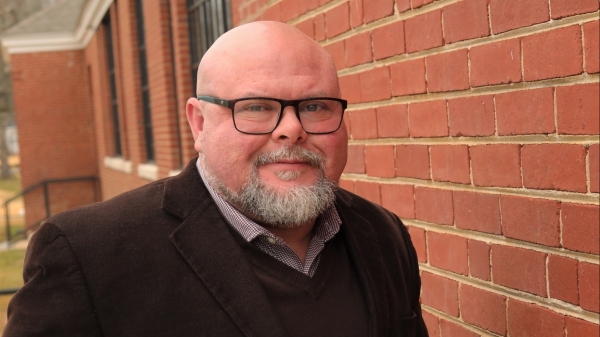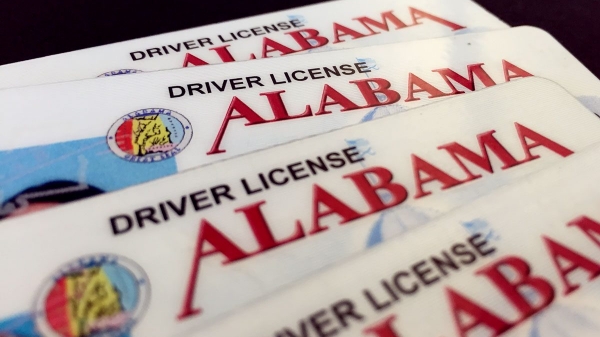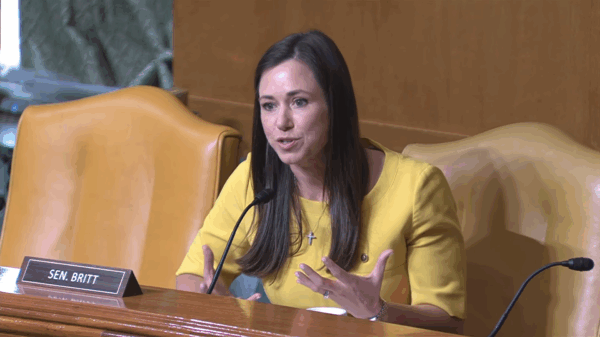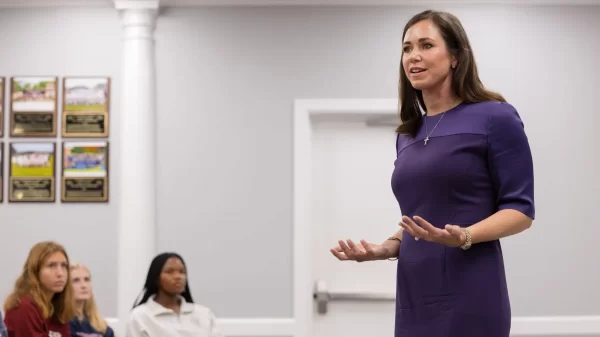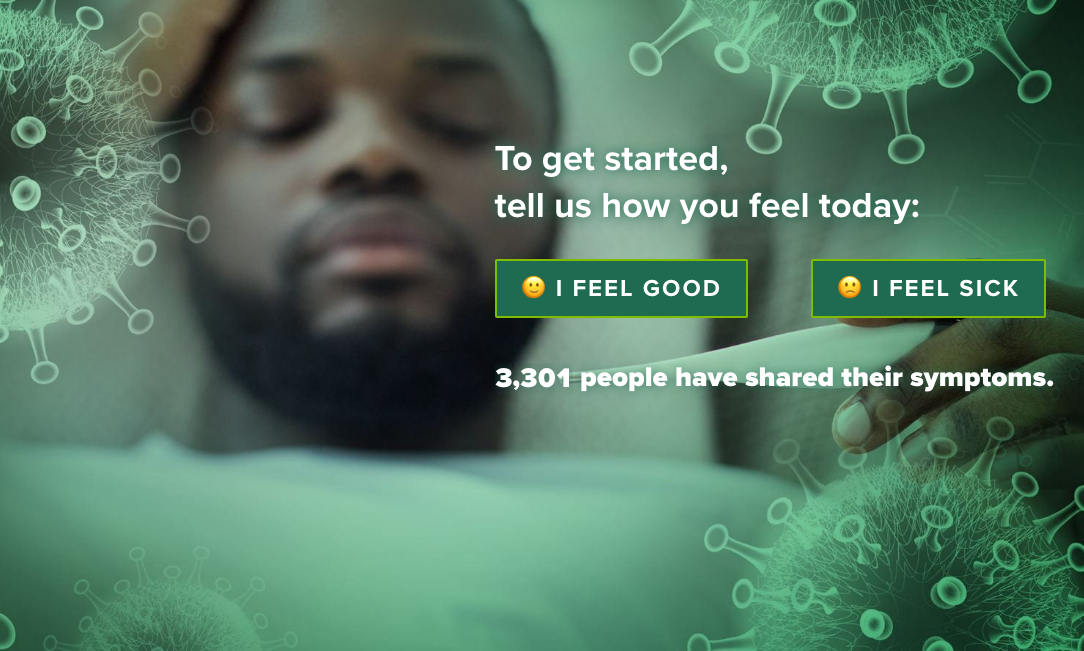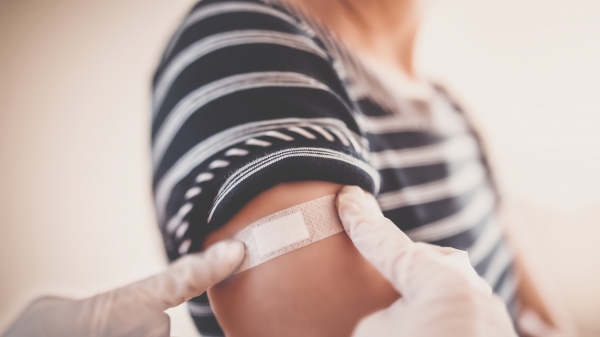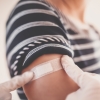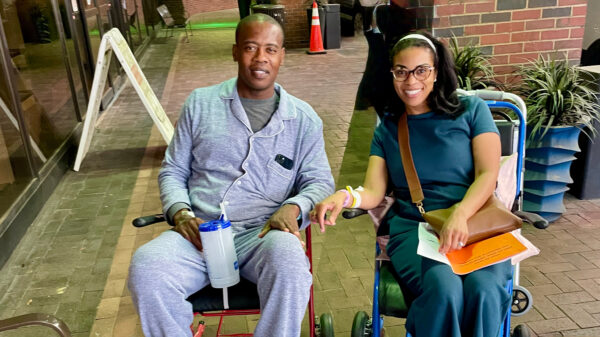To better track COVID-19 cases, experts from the University of Alabama at Birmingham have created a symptom checker to identify hot spots where the virus is spreading.
The new website, called HelpBeatCOVID19.org, will provide public health officials insight into underserved areas based on the symptomatic data collected from the region and could help inform and enhance public health observation.
“We are taking a look at COVID-19 symptoms alongside underlying medical conditions to provide public health officials an in-depth analysis of how rural areas are affected in real time,” said Sue Feldman, Ph.D., associate professor in the UAB School of Health Professions and UAB School of Medicine. “The website asks people about their symptoms to produce an interactive map showing how areas are effected and hot spots that are showing a rise in symptoms. We hope to learn more about how coronavirus is spreading in rural communities who have health disparities so we can help fight the spread of the disease.”
People can fill out a short questionnaire on the website to report if they are experiencing symptoms related to the coronavirus. There are a series of questions addressing how one feels that day, current symptoms, pre-existing health conditions and basic social factors.
The website also has questions on social factors, such as neighborhood characteristics, economic factors and others that could play a part in understanding and acting upon any disparities in COVID-19 spread, such as access to affordable healthcare and access to transportation to a hospital.
U.S. Senator Doug Jones praised the new website and encouraged people to participate to better inform public health workers on where the virus had spread.
“This new daily symptom tracker will help public health officials track the spread of COVID-19 and identify coronavirus hot spots that need more resources, especially in Alabama’s underserved communities,” Jones said. “We all have to do our part to keep ourselves and the people around us healthy by participating in social distancing and having good hygiene, and this tool is another way to help our communities combat the spread of this virus.”

